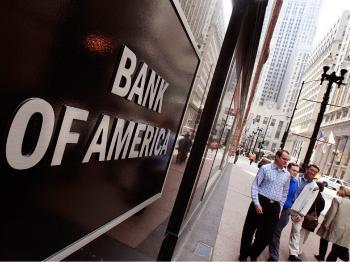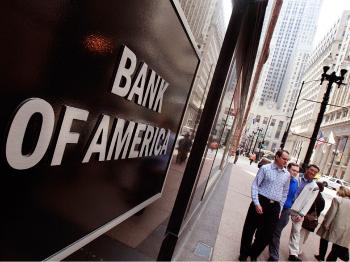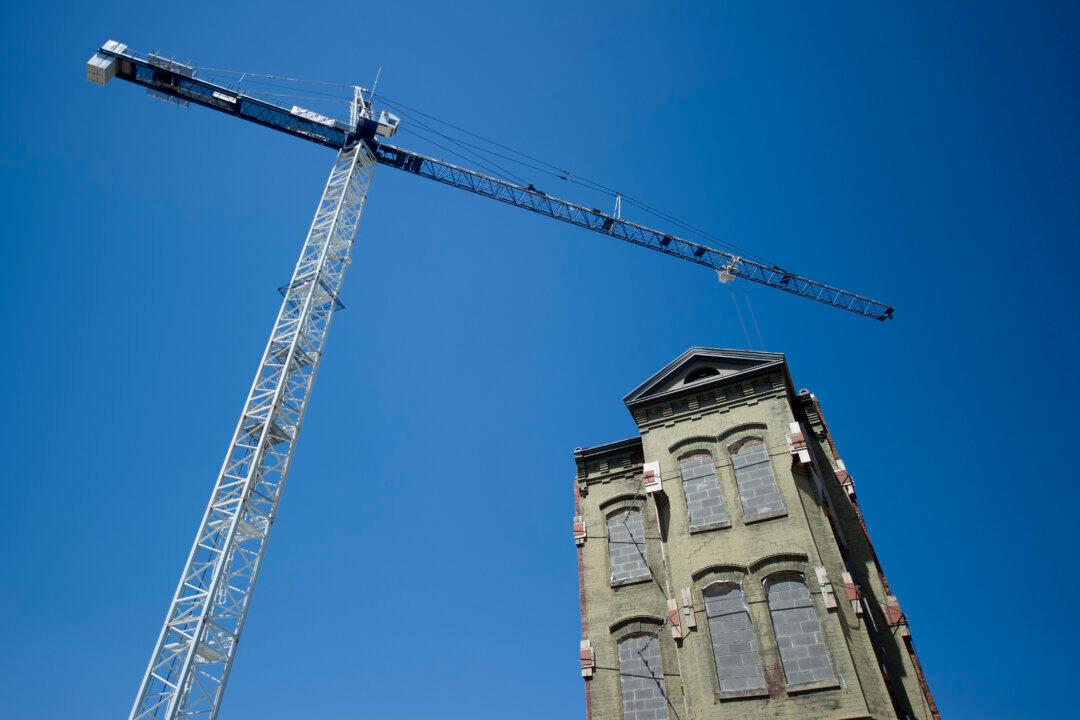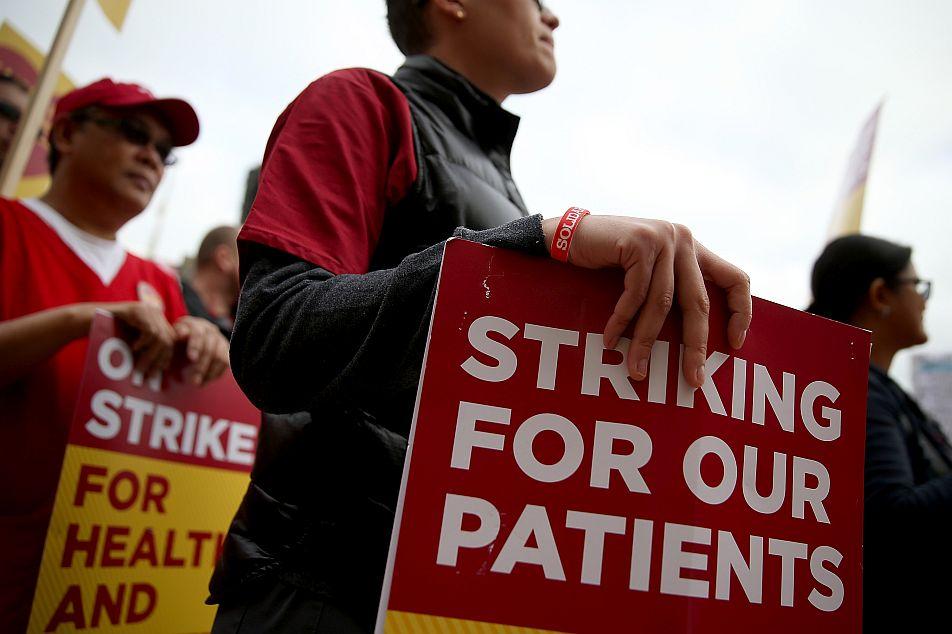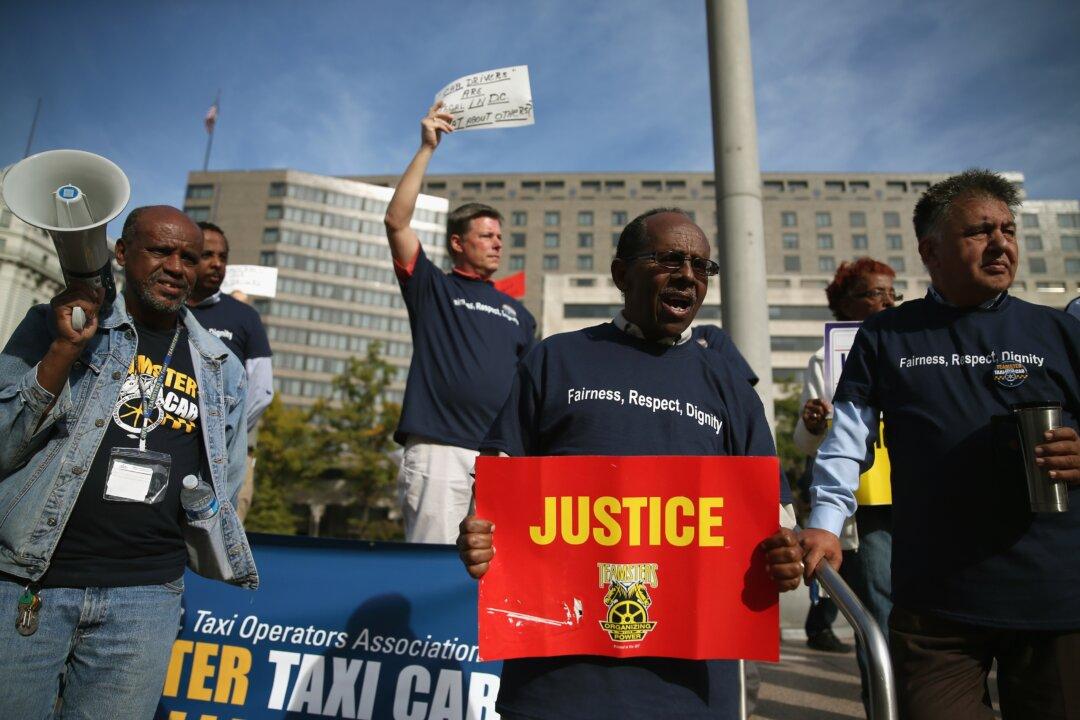Banks just can’t seem to escape negative publicity these days.
Customer satisfaction and with it consumer loyalty at U.S. banks is trending downwards, with a six percent decline since 2007, according to the latest J.D. Power and Associates 2009 Retail Banking Satisfaction Study.
In 2007, 59 percent of customers complained about dismal service at banks, while in 2009 the number of frustrated customers increased to 65 percent, J.D. Power said.
“The challenge that banks face is most clearly underscored by findings from the recently released 2009 Purchase Funnel Special Report, which shows that 30 percent of customers cite questionable ethics, financial instability or poor reputation as key reasons for specifically avoiding a particular institution when shopping for a new bank,” Michael Beird, director at J.D. Power, said in a recent press release.
The highest customer satisfaction scores were given to TD Bank N.A. in the mid-Atlantic region, Commerce Bancshares Inc. in the Midwest region, Wells Fargo & Co. in the U.S. West, and People’s United Bank in New England, among others.
Banks Face an Uphill Battle in 2009
Banks just can’t seem to escape negative publicity these days.
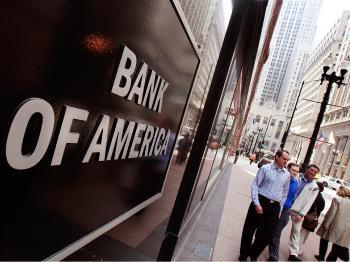
Pedestrians pass by a Bank of America branch in Chicago, Illinois. Regulators have determined that the bank needs about $34 billion in new capital to be healthy. Scott Olson/Getty Images
|Updated:
